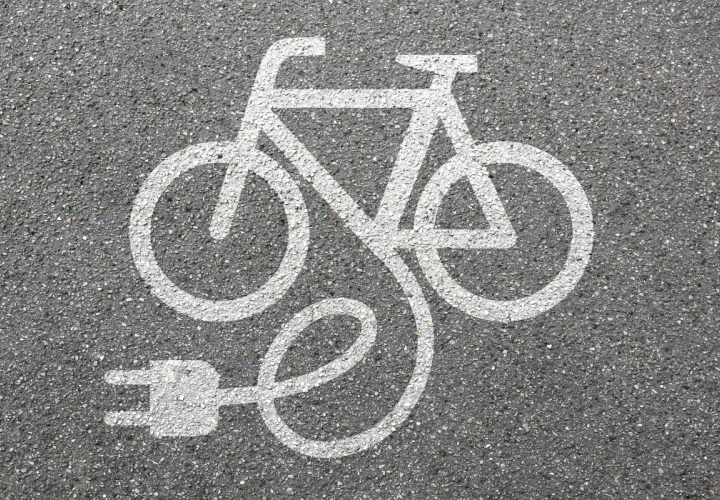Are the current laws enough?
In Connecticut, riders must be at least 16 years old to legally operate a motorcycle or a Class 3 e-bike. But with more injuries happening among younger kids, many are asking: Should we raise the minimum age for all e-bike use?
Currently, state law also requires all e-bike riders to wear helmets, regardless of age—which is a good start. But the typical bike helmet may not be enough. Given the speeds e-bikes can reach, a motorcycle-rated helmet (which provides added neck and skull protection) may offer better safety.
It’s important to remember: Head injuries are the most common reason children end up in the ER after an e-bike crash.
Safe riding starts with knowing the rules
Here’s what parents and kids need to know about riding e-bikes in Connecticut:
- Speed limits matter: Class 2 e-bikes (the ones with a throttle) are capped at 20 mph. Class 3 models can go up to 28 mph—but only if they’re not throttle-powered.
- No passengers unless built for two: Most e-bikes aren’t designed for a second rider.
- Stay off the sidewalk: Unless otherwise posted, e-bikes are considered vehicles. They belong on the road, in the right lane.
- Be courteous and cautious: If riding on sidewalks or shared paths, yield to pedestrians.
- New in 2025: Class 1 e-bikes are now allowed on bike and multi-use trails statewide, unless a town says otherwise.
What other communities are doing
Some cities are already taking action. In San Diego County, the Chula Vista City Council recently passed an ordinance prohibiting anyone under 12 from riding an e-bike—citing the sharp rise in preventable injuries. Measures like this may seem strict, but they reflect the growing concern from parents, doctors, and community leaders alike.
As e-bikes become more common, it may be time for Connecticut and its local towns to consider similar protections—before more children get hurt.
The bottom line for parents:
E-bikes can be fun, eco-friendly, and convenient—but they’re not toys. Understanding the risks and setting clear safety expectations can go a long way in keeping your child safe. Talk to your kids about how to ride responsibly—and make sure they’re wearing the right helmet for the ride.
